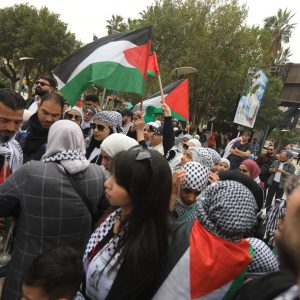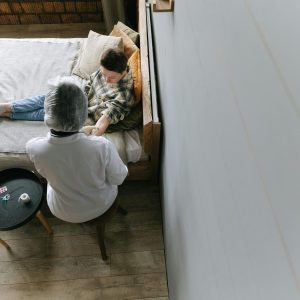Syrians in Idlib refugee camps struggle to survive in tents as mercury soars to 50°C
IDLIB, Syria (AA) – Internally displaced persons (IDPs) living in camps in Syria’s northwestern Idlib province are struggling to survive in makeshift tents while braving scorching temperatures of up to 50°C (122°F).
Extreme heat waves can be fatal for people with chronic diseases, and they can cause a variety of skin problems in children.
Camp residents, who are already struggling to find enough water in the area, are trying to cool down the tents in primitive ways.
Syrian Civil Defense teams (White Helmets) and non-governmental organizations in Idlib frequently warn civilians not to leave their homes unless absolutely necessary.
Cooling babies with basins full of water
Mohammed Damis, who fled the Syrian army’s bombardment in 2019 and took refuge in the Andalusian camp in the village of Zerdene, shared that the residents of the region are having a difficult day due to the extreme heat.
He said they lack basic living materials and that “adults and children complain about the heat in the makeshift camps.”
“To mitigate the effect of the sun, we bring a tanker full of water and spray it on the tents,” he said.
“At the end of the day, the temperature drops to 45°C (113°F) outside, but remains 51°C (123.8°F) inside tents,” he lamented.
Living in tents is unbearable, the camp resident said, explaining that “there are no batteries in tents, and there are no fans. We fill the large basin with water and cool the babies.”
Mohammed Cesim, another camp resident, said that he has been living in the same refugee camp for four years and that his tent is beginning to wear out.
“If there are solar energy panels in the tents, or somehow can get electricity, we can turn on the fan and alleviate this suffering that we are experiencing right now,” he pointed out.
“These are the most difficult days of our lives,” he said, adding, “We can’t do anything. We can’t sit or sleep owing to the scorching heat.”
About 1.9 million displaced people live in some 1,430 camps or self-settled sites in northwestern Syria, the majority of whom are women and children, according to the UN.












